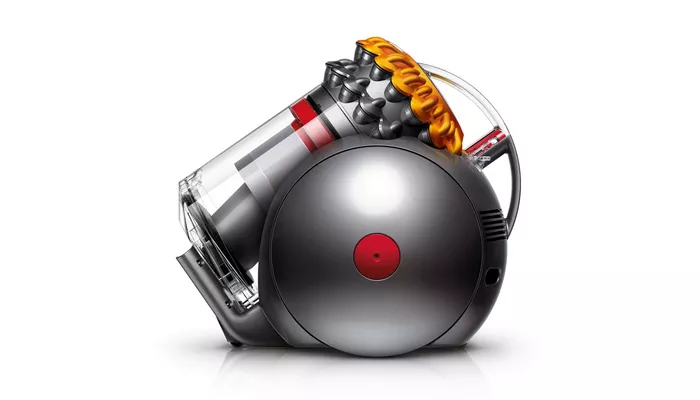When it comes to pressure washing, the hose is a crucial component that often doesn’t get the attention it deserves. The right hose can make your pressure washing experience smooth, efficient, and safe, while the wrong one can lead to leaks, reduced performance, and even damage to your pressure washer. This comprehensive guide will walk you through everything you need to know about choosing the perfect hose for your pressure washer.
Understanding the Basics of Pressure Washer Hoses
Construction Materials
Rubber hoses are a popular choice for many pressure washers, known for their durability and flexibility. The natural rubber material can withstand a fair amount of wear and tear, making it suitable for regular use. Whether cleaning a driveway that requires frequent movement of the hose or working in an area with obstacles, the flexibility of a rubber hose allows for easy maneuverability. Rubber is also highly resistant to abrasion. When dragged across rough surfaces like concrete or gravel during pressure washing, the rubber material can prevent punctures and tears, ensuring a long – lasting hose. This makes it a great option for outdoor applications where the hose is likely to come into contact with sharp or abrasive materials. Additionally, some rubber hoses are designed to handle a wide range of temperatures. This is especially important if using a hot water pressure washer or working in extreme weather conditions. A high – quality rubber hose can maintain its integrity in both hot and cold environments, ensuring consistent performance.
Polyurethane hoses offer the advantage of being lightweight yet strong. They are much lighter than their rubber counterparts, which can be a significant benefit if you need to carry the hose around a lot during pressure washing tasks. Despite their light weight, polyurethane hoses are capable of withstanding high pressures, making them suitable for most pressure washing applications. Polyurethane is highly resistant to chemicals. If you often use cleaning chemicals in combination with your pressure washer, a polyurethane hose can prevent the chemicals from corroding the hose material. This is particularly useful in industrial or commercial settings where harsh chemicals are commonly used for cleaning. These hoses typically have a smooth interior surface, reducing friction and allowing the water to flow more freely through the hose. As a result, you can expect better water flow and pressure at the nozzle, leading to more efficient cleaning.
Hybrid hoses are designed to combine the advantages of rubber and polyurethane. They may have a rubber outer layer for durability and abrasion resistance, while the inner layer is made of polyurethane for chemical resistance and smooth water flow. This combination makes hybrid hoses a versatile option that can handle a variety of pressure washing tasks. By incorporating the best features of different materials, hybrid hoses often offer enhanced performance. They can be more flexible than traditional rubber hoses while still maintaining the durability needed for tough cleaning jobs. This makes them suitable for both indoor and outdoor use, as well as for applications that require a combination of chemical resistance and physical toughness.
Maintaining Your Pressure Washer Hose
Regular Inspections
Regularly inspect your hose for any signs of leaks, cracks, or damage. Look for any areas where the hose may be bulging, as this could indicate a weakness in the structure. Check the connections at both ends of the hose to make sure they are secure and not leaking. If you notice any leaks, it’s important to address them immediately. A small leak can quickly turn into a major problem if left unattended, and it can also reduce the efficiency of your pressure washer. If your hose has reinforcement layers, such as steel wire or synthetic fibers, inspect them for any signs of wear or breakage. Damaged reinforcement layers can compromise the strength of the hose and increase the risk of bursting. If you notice any issues with the reinforcement layers, it may be time to replace the hose.
Cleaning & Storage
After each use, it’s a good idea to clean the hose. Rinse it thoroughly with clean water to remove any dirt, debris, or cleaning chemicals that may be 残留 on the surface. This helps to prevent the build – up of contaminants that could potentially damage the hose over time. If you’ve used a particularly stubborn cleaning chemical, you may need to use a mild detergent to clean the hose. When storing the hose, make sure to coil it neatly and store it in a cool, dry place. Avoid storing it in direct sunlight or in an area where it may be exposed to extreme temperatures. If possible, hang the hose up to prevent kinks from forming. If you need to store the hose for an extended period, it’s a good idea to protect it with a hose cover or a storage bag to keep it clean and free from dust and debris.
Conclusion
Choosing the right hose for your pressure washer is a critical decision that can significantly impact the performance and longevity of your pressure washing equipment. By understanding the different types of hoses available, considering factors such as pressure rating, length, diameter, and bend radius, and selecting a hose that is suitable for your specific application, you can ensure a smooth and efficient pressure washing experience. Additionally, proper maintenance of your hose will help to extend its lifespan and keep it performing at its best. Whether you’re a professional pressure washer or a DIY enthusiast, taking the time to choose and care for the right hose is well worth the effort. So, before you start your next pressure washing project, make sure you have the perfect hose for the job.
Related topics:

